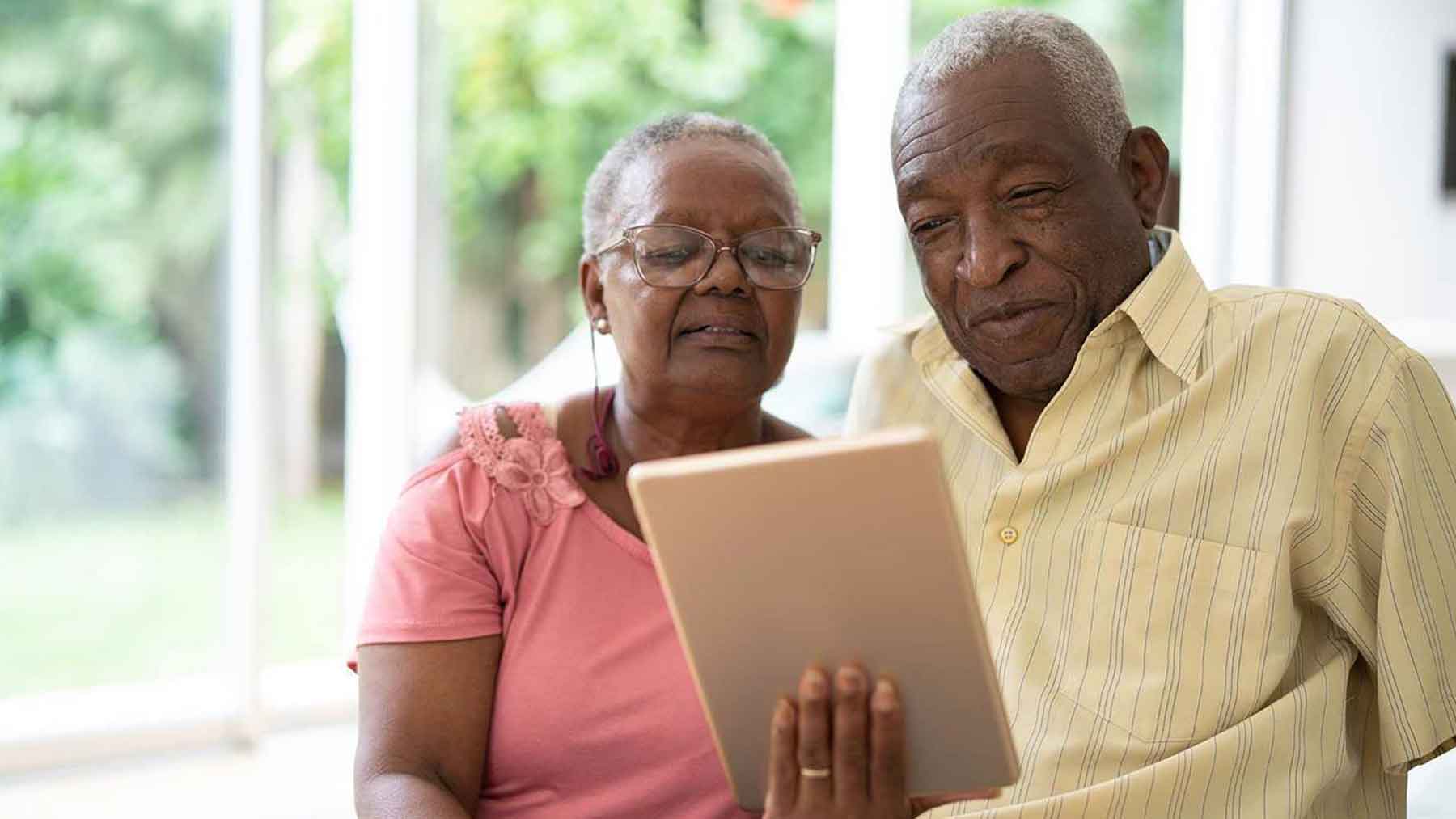Researchers say COVID-19 pandemic shows disparities in internet access must be treated as a public health issue
 A lack of broadband internet access has “the potential to exacerbate this country’s existing health disparities because it disproportionately affects those who are already vulnerable,” according to the authors of an editorial appearing in the August 2020 issue of the American Journal of Public Health.
A lack of broadband internet access has “the potential to exacerbate this country’s existing health disparities because it disproportionately affects those who are already vulnerable,” according to the authors of an editorial appearing in the August 2020 issue of the American Journal of Public Health.
That’s true now more than ever, they argue, amid the COVID-19 pandemic, when stay-at-home orders were put in place in many parts of the country. In the face of those orders, internet access allowed individuals to take part in necessary activities including obtaining food and groceries, and accessing health care; however, those without access faced increased risk of exposure to the virus.
“The digital divide creates significant inequalities in health, employment, education and many other opportunities,” says Cynthia Sieck, PhD, MPH, associate professor in the Department of Family and Community Medicine at The Ohio State University Wexner Medical Center, and a core faculty member with Center for the Advancement of Team Science, Analytics, and Systems Thinking in Health Services and Implementation Science Research (CATALYST). “During the
COVID-19 shutdown, some organizations extended their Wi-Fi to parking lots so that individuals without home internet access could do school work, look for jobs or apply for unemployment benefits. That is critical during a crisis, but it is not equitable.”
The editorial’s authors argue a lack of broadband internet access affects each of the six social determinants of health domains that have been defined by the American Medical Association—the health care system, economic stability, education, food, community/social support and neighborhood—as well as access to credible information, which is critical during a pandemic.
“Viewing broadband internet access as a social determinant of health presents an opportunity to re-examine how we create a system that provides equitable access,” Dr. Sieck says.
While internet access is a critical factor in the digital divide, there also are disparities in access to technology as well as digital skills and literacy training to allow people to make the most of their internet access. Partnerships with community organizations to provide training and free or discounted technology can help to fill those gaps.
Relief efforts related to COVID-19 have done some work to temporarily address broadband internet access disparities through Federal Communications Commission telehealth grant funding, but the authors argue the need for an equitable solution will persist after that funding expires. They suggest approaches such as providing discounted broadband access on the basis of need, or modeling efforts on the Broadband Technology Opportunities Program.
That effort is funded through the 2009 American Recovery and Reinvestment Act and combines broadband internet access with community outreach, training and low-cost devices. However, though the Broadband Technology Opportunities Program once distributed funds to 233 programs, only two programs still have active funding, and there is no future funding in place.
Republished from an editorial posted to the CATALYST website on Sept. 3, 2020.
